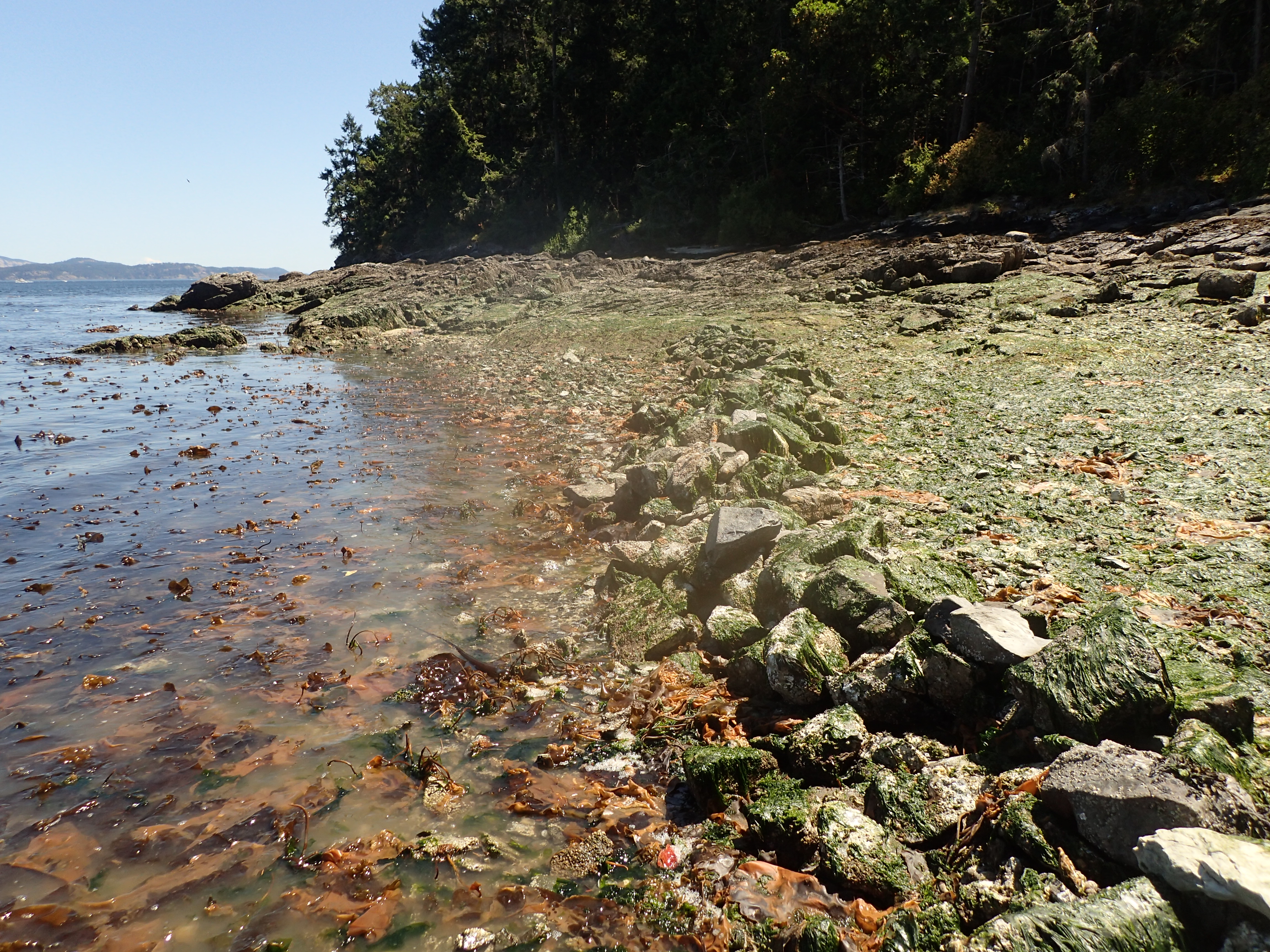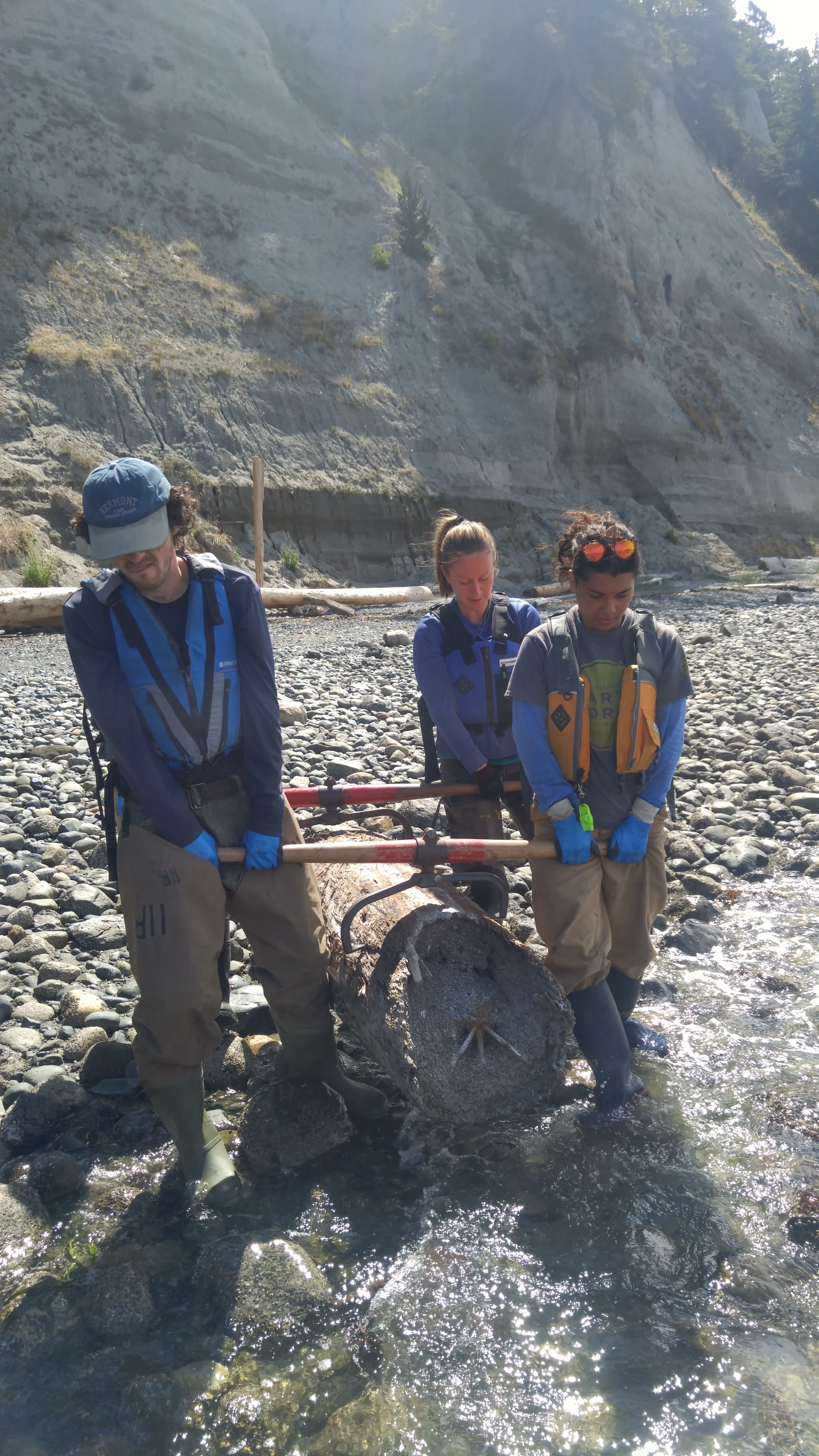Helping homeowners repair or replace failing on-site sewage systems The Regional On-site Sewage System Loan Program (RLP) in Washington State consolidates multiple county-level on-site sewage system loan programs into a single public-private partnership between the...
Cornet Bay Nearshore Habitat Restoration
Restoring Nearshore Habitat While Improving Public Access Thousands of visitors come to Cornet Bay every year to launch boats, picnic, fish and crab. Six lanes of boat launches provide the main saltwater access from Deception Pass State Park, with as many as 800 boats...
Using Beavers for Salmon Habitat Restoration
Protecting wildlife and helping landowners builds salmon habitat naturally The Tulalip Tribes are collaborating with an unlikely partner to restore habitat for salmon: beavers. For four years, the Tribe has relocated about 100 beavers from private lands in the...
Lower Big Quilcene
The Lower Big Quilcene restoration project is in the design phase of developing community-supported actions to improve flood protection for the town of Quilcene, over 30 homes, and road access to the largest employer in Jefferson County—Coast...
Nooksack River
A habitat restoration effort on the Nooksack River aims to help two important populations of Puget Sound Chinook salmon recover from dangerously low numbers. As with other salmon recovery actions undertaken by the Nooksack Indian Tribe, the goal of the...
Lower Dungeness River
The Lower Dungeness River Floodplain Restoration project is a collaborative effort to restore floodplain habitats, keep people safe, support agriculture, improve water quality and quantity, and provide people with recreational access. State and federally funded...
Cranberry Creek
Cranberry Creek, a tributary to the Stillaguamish River, is home to endangered steelhead and bull trout. It is also an important salmon spawning stream, but an old, corroding culvert was preventing migrating fish from getting where they needed to go. A culvert...
Cedar River Knotweed Removal
Stewardship in action: removing invasive knotweed one property at a time Invasive knotweed is an aggressive invader of riparian habitats throughout Western Washington. The plant displaces native vegetation and destabilizes riverbanks, disrupting natural habitat...
Qwuloolt Estuary Restoration
Led by the Tulalip Tribes, the Qwuloolt Estuary restoration is one of the largest restoration projects in Puget Sound. (Qwuloolt is the Lushootseed word for "marsh.") Located within the Snohomish River floodplain, the estuary historically encompassed tidal...
Sustainable Lands Strategy
The Sustainable Lands Strategy is a game-changing partnership in Snohomish County. Historically, estuary restoration projects have been implemented without a clear vision of how those projects fit into the broader landscape with farming and flood control....
Skokomish Estuary Restoration
The Skokomish River floods more frequently than any river in Washington, and yet the river channel often goes dry during Chinook salmon migration. This is because nearly half of the Skokomish River estuary had been converted to diked farmland, which contributed to...
Seahurst Park
Seahurst Park is an oasis of 152 acres of forested ocean shoreline in a very urban corridor south of Seattle. The park boasts nearly a mile of natural beach and forested cliffs as tall as 400 feet. Seawalls were built in 1972, and as a result, sand from the cliffs...
Clarks Creek
Clarks Creek near the city of Puyallup was the site of a recent study conducted by the Puyallup Tribe of Indians. The two-year study examined sediment sources throughout the creek, and investigators found that if 23 major sources of sediment were repaired, more...
Duwamish River Community Health
The Duwamish River Cleanup Coalition Technical Advisory Group launched the Healthy Rivers/Healthy Communities project in 2014 to address community and environmental health priorities in the Duwamish Valley neighborhoods of South Park and Georgetown, two neighborhoods...
























